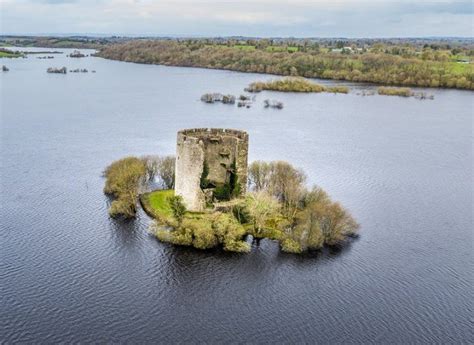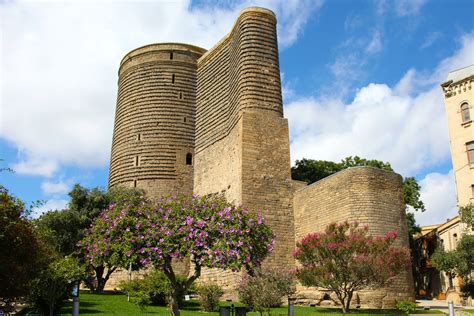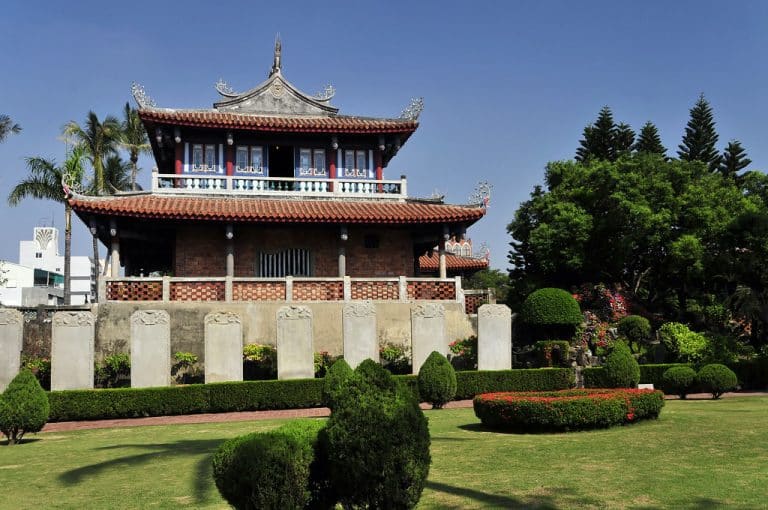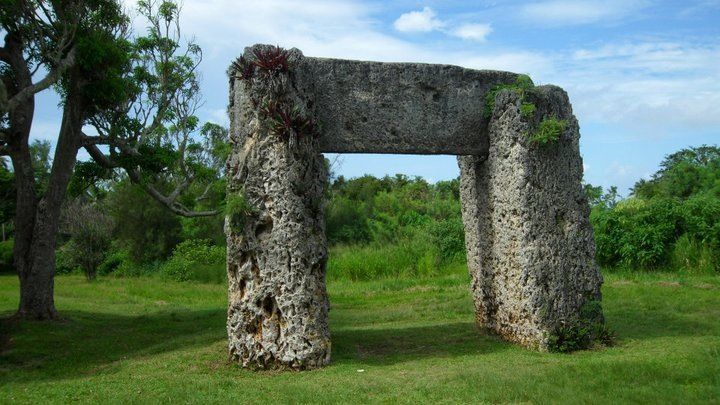Cloughoughter Castle
I thoroughly enjoyed exploring Montezuma Castle and learning more about the history of Arizona. However, I decided it was time to move on to Ireland.
My next destination took me to Cloughoughter Castle in the county of Co Cavan, Ireland, in the region of Europe. The castle was built in the early half of the thirteenth century from 1200 to 1224 by the de Lacy family, who ruled the Anglo-Normans. Cloughoughter Castle was the center of the most powerful kingdoms in Ireland, the Breifne kingdom. The castle was seized by the O’Reilly clan in 1233 and remained under their control until the seventeenth century came to a close. During this period, the castle was also used as a prison. The castle was then controlled by the O’Rourke clan at the end of the twelfth century. It later became part of Ulster Plantation in 1607, which was owned by Hugh Culme. It was used as an armory during this period. Acting as a shelter for rebels during the Cromwell period, the castle was the final site to be destroyed and was severely damaged by a gunpowder explosion on March 1653. The rebels surrendered not long after this event on April 27. The site underwent restoration in 1987 and received protection thanks to the passage of the National Monuments Act. I had to board a boat in order to reach the site. The castle was located on a small man made island known as a Crannog in the Erne River. When I arrived, I noticed that the caste was built in the Anglo-normal style, using stone bricks. The castle was shaped as a circle and had a diameter of thirty-five feet. Interestingly, there were no entrances on the ground floor. Part of its wall was missing on the south side of the castle, and there were three doorways as well as two windows on the first floor. One thing that surprised me about the site was the thickness of its walls, which were seven feet wide. I saw that the castle was also quite high, reaching up to fifty-five feet high. The castle also showed outlines of five floors. There were no walls present on the inside, though there were remains of a wall that ran through the center of the castle. This site is a crucial part of Ireland’s history and is an attraction for tourists today.
Inside Cloughloughter Castle:
Aerial view of Cloughloughter Castle:






